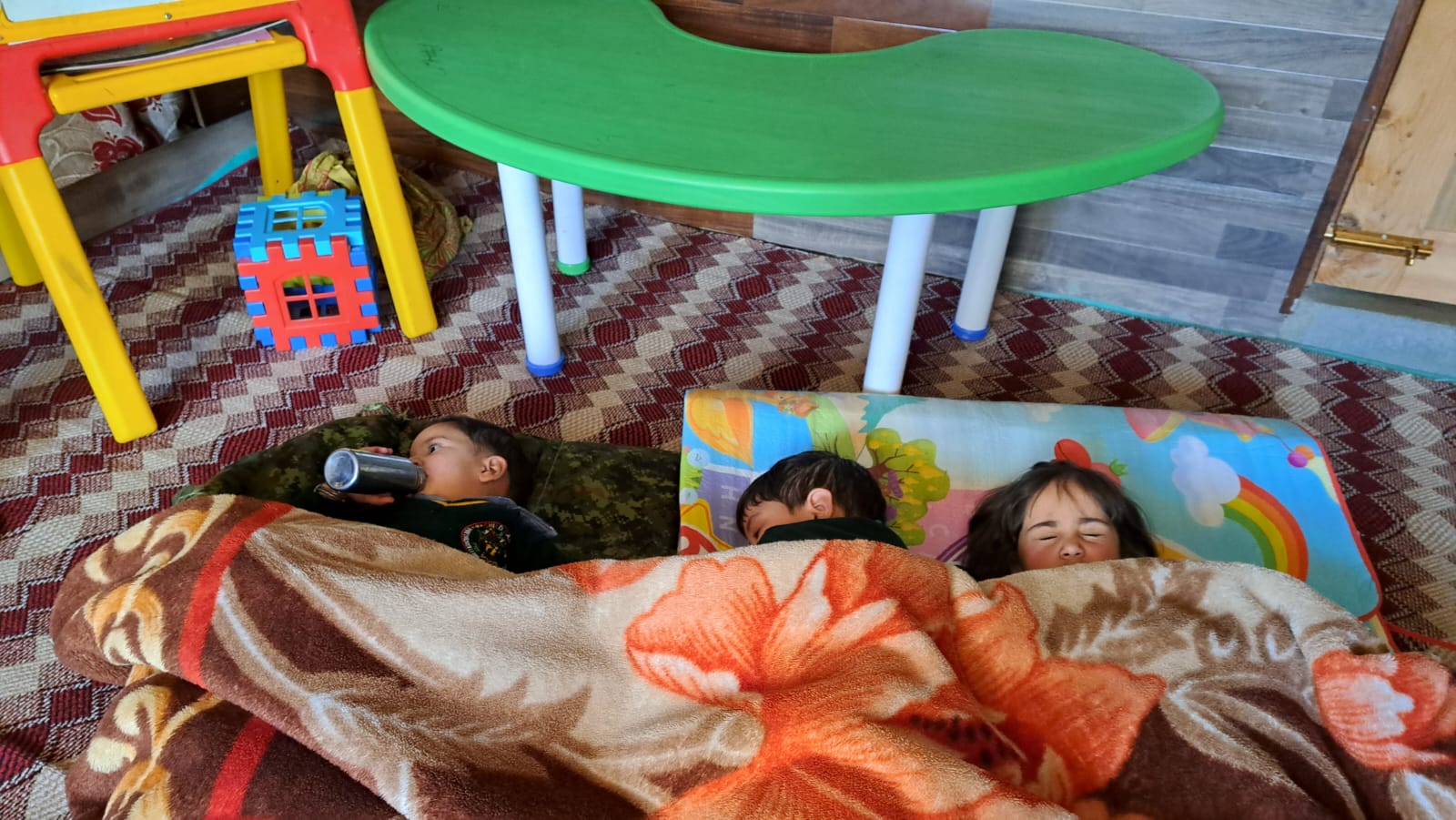It is only when students reach the high school level, dealing with the daily pressure of grades, homework, SAT preparation, college admissions and peer pressure, do they realise the importance of the early school years.
Most of us, when we look back at those years, feel that we did not fully appreciate the institution, which, at that time, felt like an imposition, but today would be a welcome reprieve.
There are many things that make the early school years better than the later ones.
Among them is the afternoon nap. Amid their busy, stressful schedules, teens would most likely benefit from some ‘designated downtime’ when they can simply relax and unwind, and even take a break of 20-30 minutes.
According to sleep researchers James Maas and Rebecca S. Robins, a power nap of 10-20 minutes is an “easy, healthful way to quickly boost alertness, energy, productivity and mood”.
Napping increases productivity.
Taking a 26-minute ‘NASA nap’ has been found to enhance alertness by 54%, which would certainly enhance our learning in school. A short nap will also help students retain the information studied in classes.
 “Napping for as little as an hour can reset your short-term memory, allowing you to better retain information after you wake up”, as per an article published by Sleepopolis.
“Napping for as little as an hour can reset your short-term memory, allowing you to better retain information after you wake up”, as per an article published by Sleepopolis.
Additionally, a 2021 systematic review published in the International Journal of Environmental Research and Public Health found that a “short daytime nap improved cognitive performance for at least two hours after the nap”.
So, if it helps us study more efficiently and retain more information, why is it not institutionalised?
The common belief is that it is very unlikely or almost impossible for a school to implement this. However, that is not the case. The concept of the power nap has been executed by well-known schools and even popular companies in the past.
For example, the University of California, Los Angeles, as well as Google have sleeping pods where students and employees can take a short nap to rejuvenate.
Critics may argue that naps are a waste of time, which could be better utilised through activities such as studying.
However, students will actually be able to learn and process information better and faster after a nap or some downtime, since it increases alertness.
With growing awareness and pushback against a constant “hustle culture”, people have begun to realise that hyper-engagement leads to burnout, and breaks are important. For students, prolonged hours of studying can lead to academic burnout (lack of motivation, exhaustion, and frustration) which will further cause their performance to suffer.
Put yourself in the shoes of a teenager who has to balance schoolwork, extra-curricular activities, relationships and more. Wouldn’t you be exhausted and love a quick nap to re-energise between long hours of studying? I assure you, high-school students need it more than those studying in kindergarten!
(The writer is a student at The British School in Delhi)





